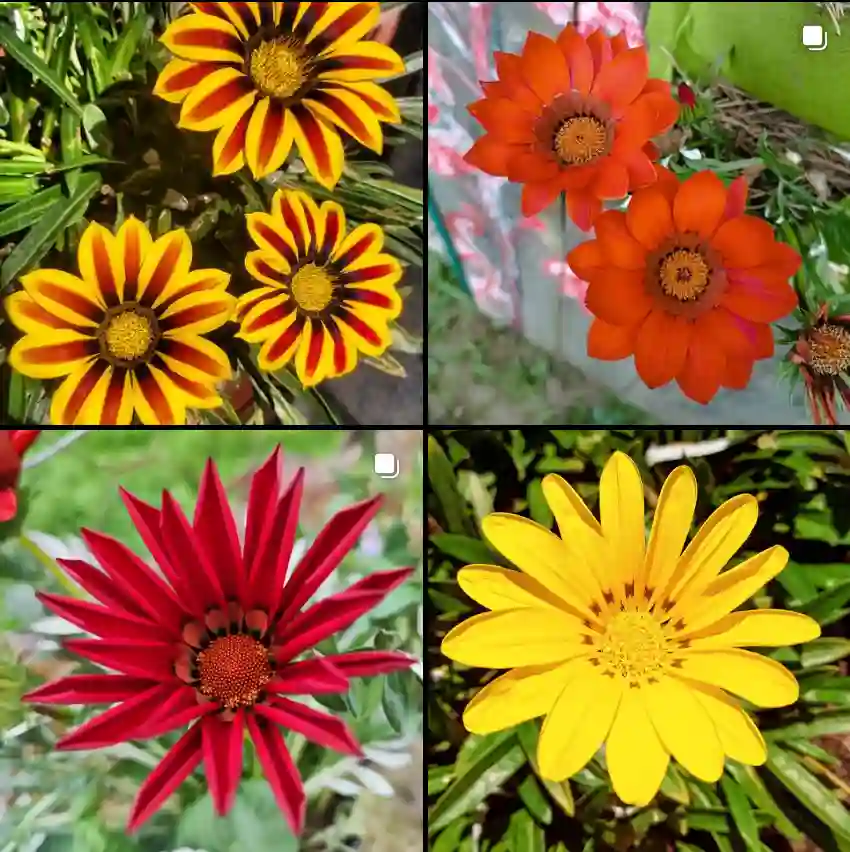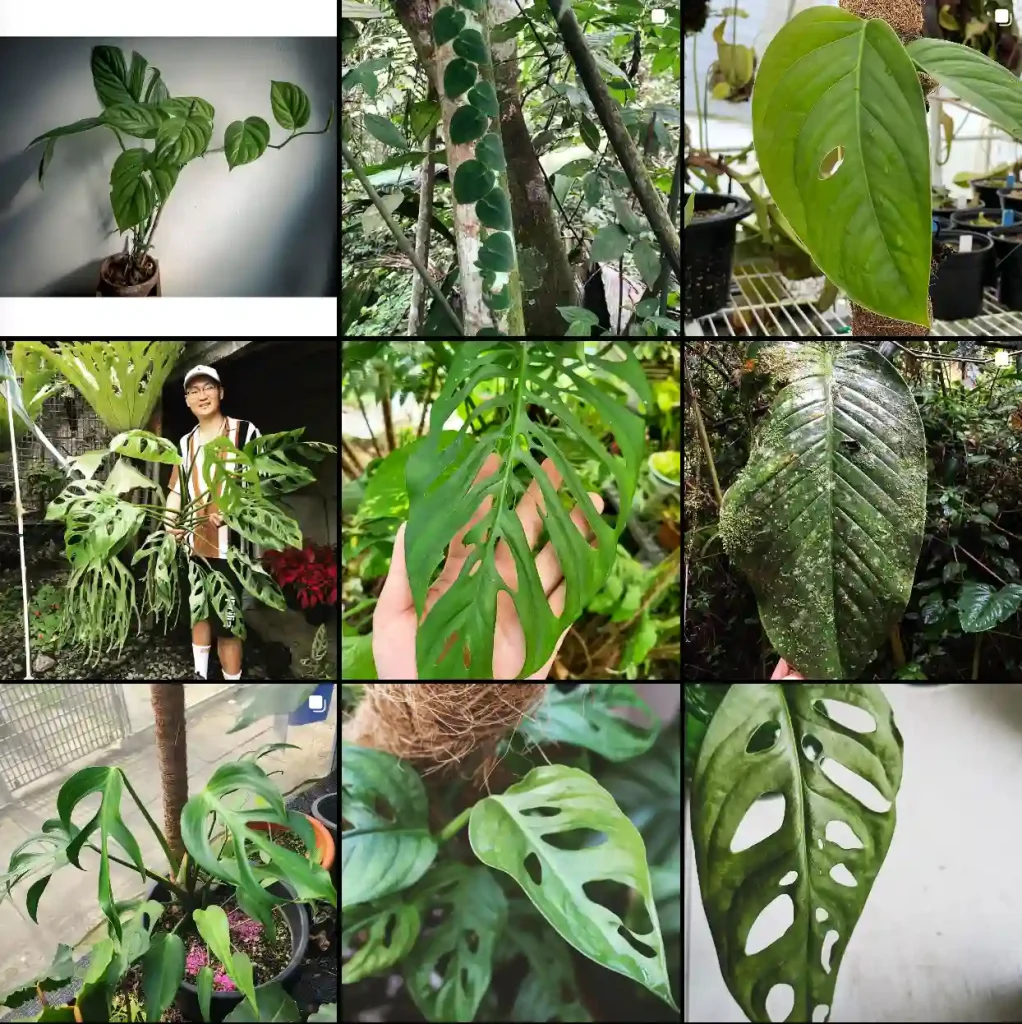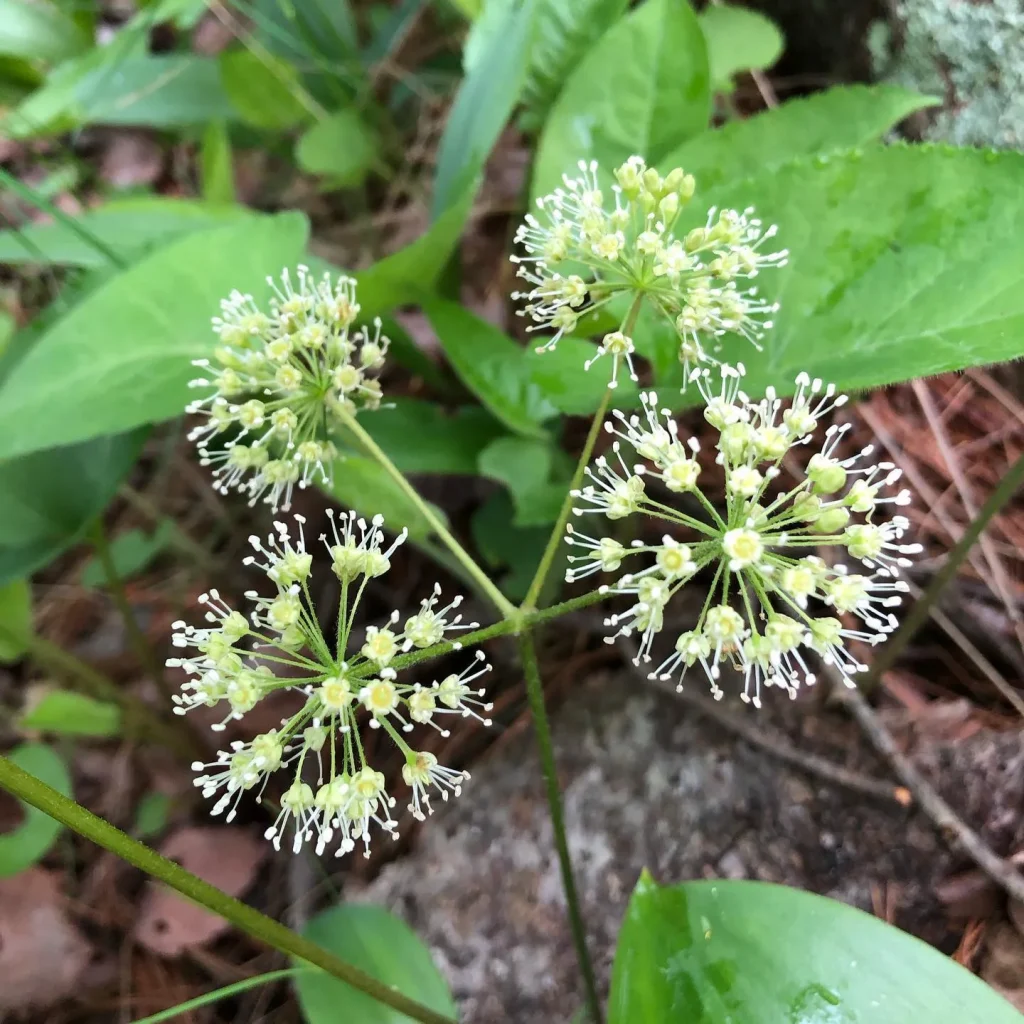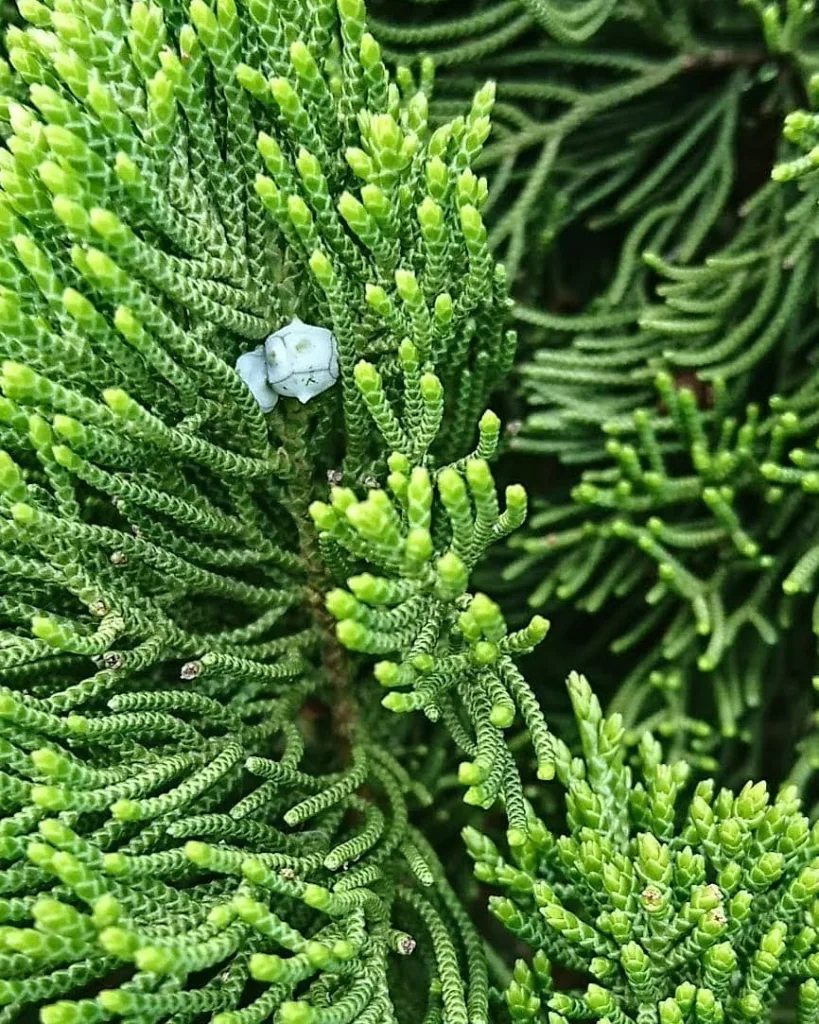Falling for Fall Flowers: My Love Affair with Boltonia
As the days grow shorter and the air turns crisp, I find myself drawn to the subtle beauty of fall-blooming perennials. Among my favorites is the understated yet captivating Boltonia, a genus of flowering plants that bring a touch of wild grace to any autumn garden.
I first encountered Boltonia while wandering through a local nursery, its delicate daisy-like flowers swaying gently in the breeze. I was immediately struck by its unassuming charm, a refreshing contrast to the bolder blooms of summer. Since then, I’ve become a passionate advocate for this often-overlooked genus, eager to share its unique qualities with fellow garden enthusiasts.
What Makes Boltonia Special?
Boltonia, also known as doll’s daisy or false aster, belongs to the Asteraceae family. Native primarily to North America, with one species found in eastern Asia, these plants thrive in a variety of habitats, from moist meadows and stream banks to roadsides and woodland edges. Their adaptability makes them a welcome addition to gardens across a range of climates.
One of the things I admire most about Boltonia is its resilience. These plants are remarkably low-maintenance, tolerating a wide range of soil conditions and requiring minimal watering once established. They’re also relatively pest and disease-free, making them a reliable choice for even novice gardeners.
But it’s the aesthetic appeal of Boltonia that truly captivates me. Their delicate flowers, typically white or pale pink with yellow centers, bloom profusely from late summer to fall, providing a much-needed burst of color as the gardening season winds down. The flowers are also a valuable source of nectar for pollinators, attracting bees, butterflies, and other beneficial insects to the garden.
A Closer Look at Boltonia Species
The genus Boltonia encompasses several distinct species, each with its own unique characteristics:
- Boltonia asteroides: This is the most common species, often referred to as white doll’s daisy. It features white or pinkish-white flowers with yellow centers and can reach heights of up to six feet. – Plant FAQs: Boltonia Asteroides – False Aster
- Boltonia apalachicolensis: Also known as Apalachicola doll’s daisy, this species is native to the Florida Panhandle and has a more compact growth habit, reaching heights of two to three feet.
- Boltonia caroliniana: This species boasts larger flowers than other Boltonia varieties and prefers moist, well-drained soils.
- Boltonia decurrens: This rare species, with its distinctive winged stems and large flower heads, is federally endangered and can be found in a few isolated populations in the Illinois River Valley.
- Boltonia diffusa: This species is characterized by its small, numerous flower heads and is often found in drier habitats.
- Boltonia montana J.F.Towns. & Kar.-Castro
Incorporating Boltonia into Your Garden
Whether you’re a seasoned gardener or just starting out, there’s a place for Boltonia in your garden. These versatile plants can be used in a variety of ways, from adding height and texture to borders to creating a naturalistic meadow effect.
Here are a few ideas for incorporating Boltonia into your landscape:
- Mass plantings: Create a stunning visual impact by planting large drifts of Boltonia. Their airy blooms will add a touch of ethereal beauty to any garden.
- Mixed borders: Combine Boltonia with other fall-blooming perennials, such as asters, goldenrod, and sedum, for a vibrant and long-lasting display.
- Wildlife gardens: Attract pollinators and other beneficial insects to your garden by including Boltonia in your planting scheme.
- Naturalized areas: Allow Boltonia to naturalize in meadows or along stream banks for a low-maintenance and ecologically friendly approach.
No matter how you choose to incorporate Boltonia into your garden, you’re sure to appreciate its understated beauty and easy-going nature. As the leaves begin to turn and the days grow shorter, these charming plants will provide a welcome reminder that even as summer fades, there’s still much to celebrate in the natural world.
If i die, water my plants!



